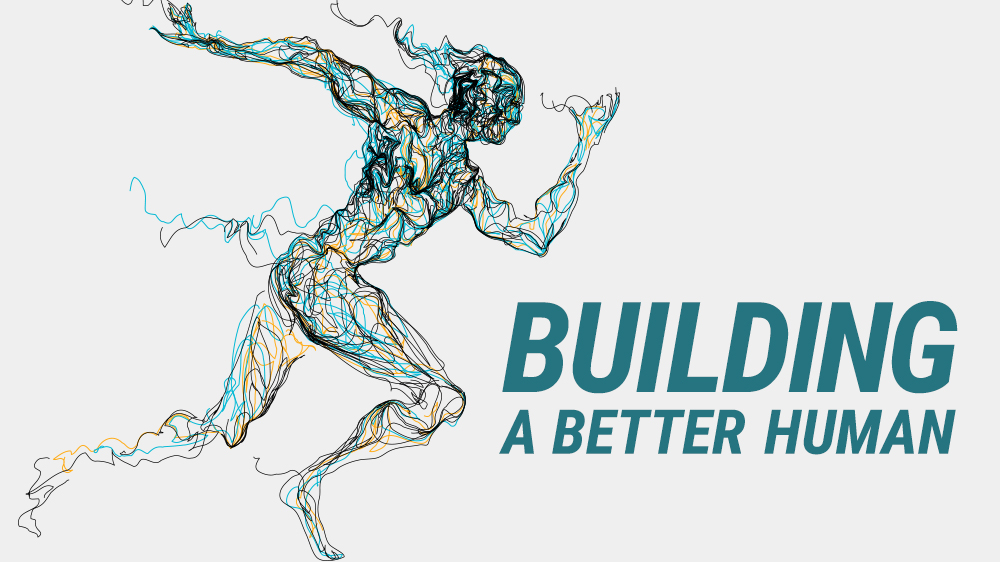In 1958, Jack Preiss and Philip Handler published a scientific paper describing how NAD+ was made from niacin in three steps.(1) This pathway was later named the Preiss-Handler pathway after the co-discoverers. It describes the enzyme steps needed to convert niacin into the NAD+ molecule.



























